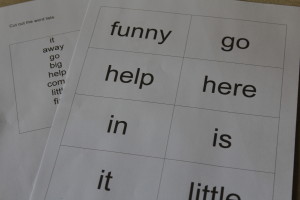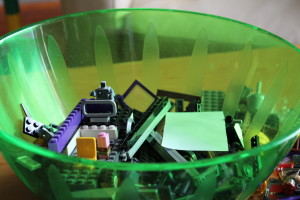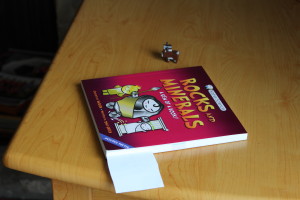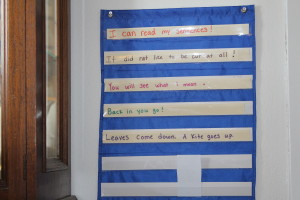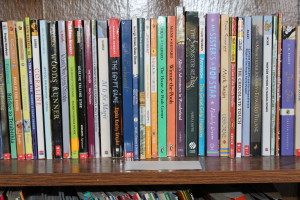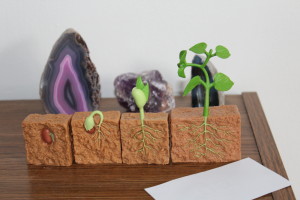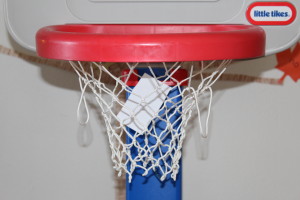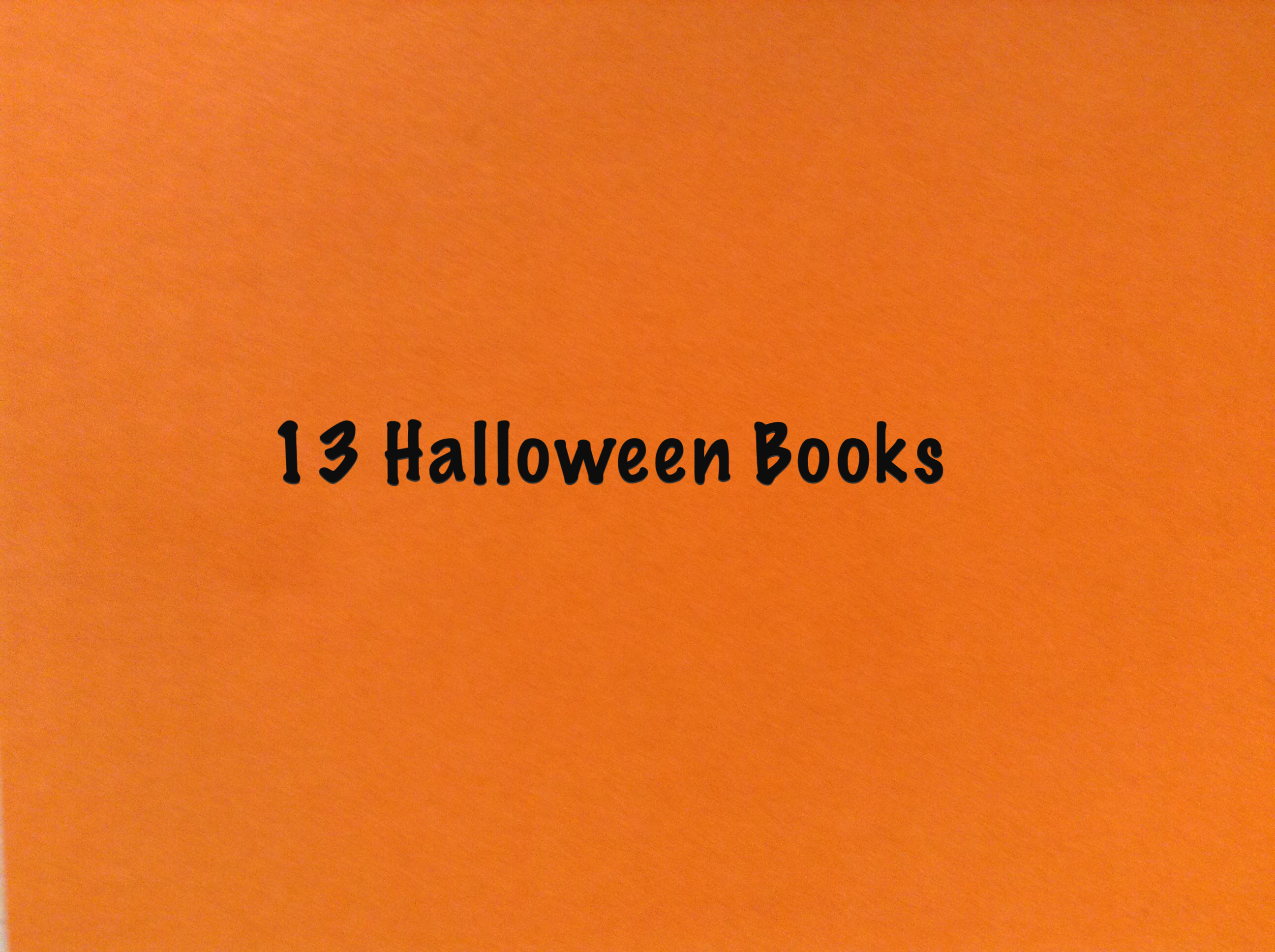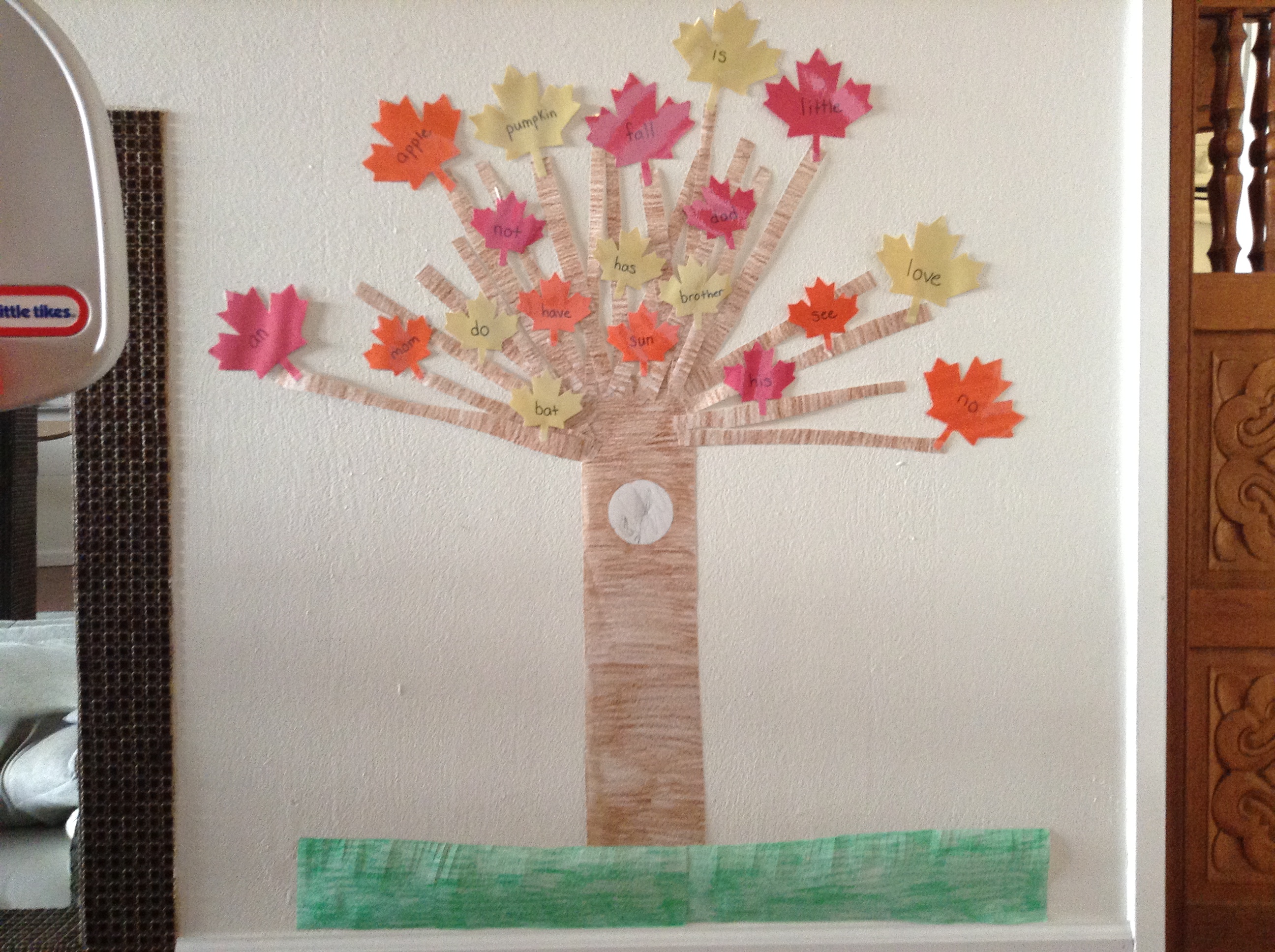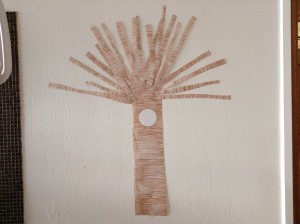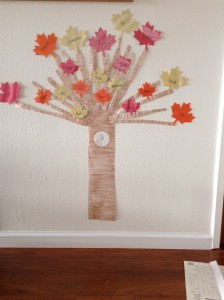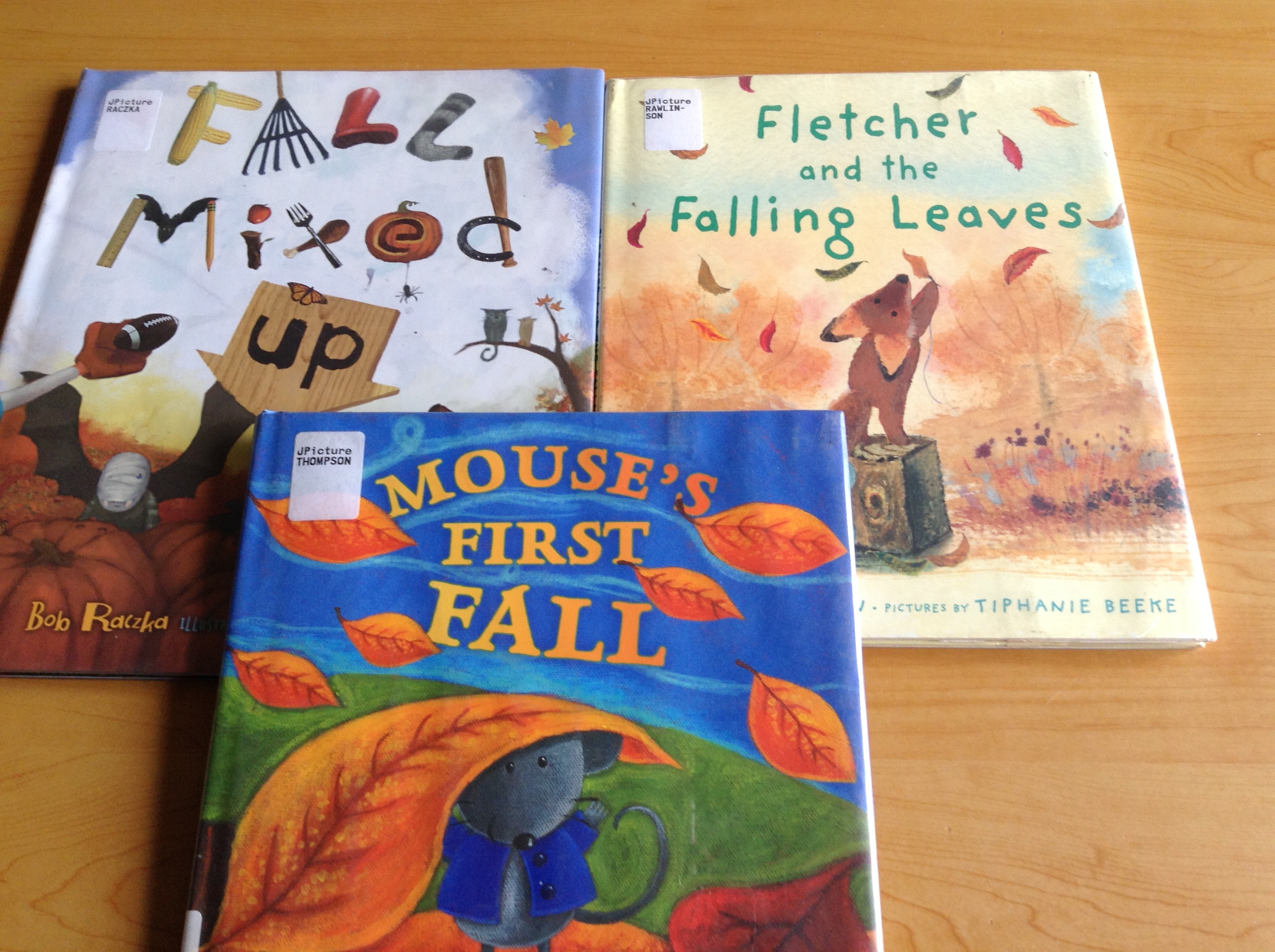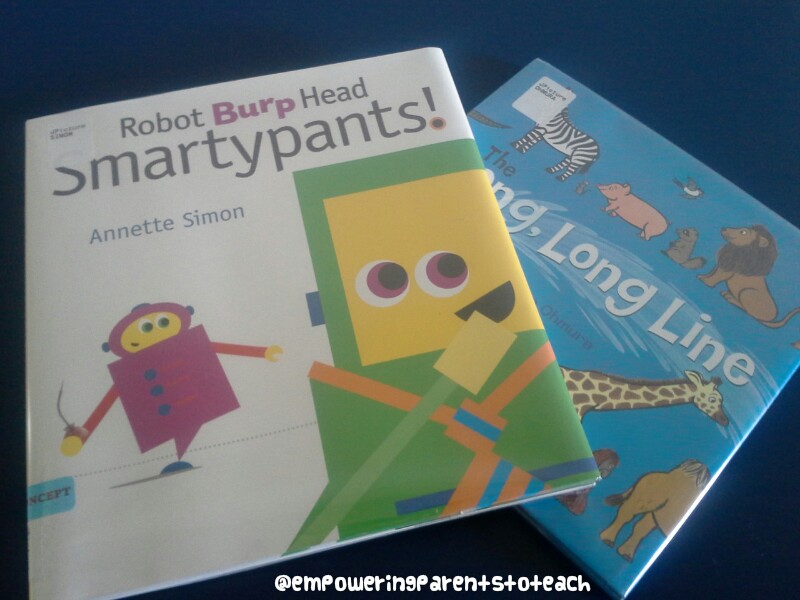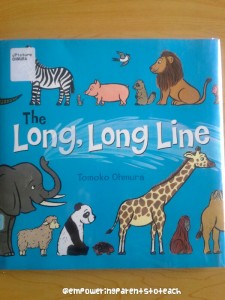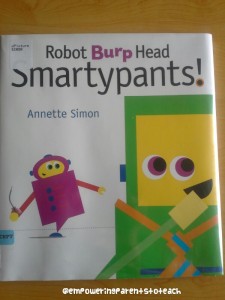With enough exposure, sight words become easily recognized to a new reader. This game gives a fun opportunity to increase a child’s experience with these words! Kids have to pay close attention to the words on their lists as they search to find hidden sight words.
Materials:
- Sight word cards to hide (print out materials below or make your own on index cards)– For longevity, it’s best to print them on cardstock or laminate them. You can also print them on different color paper so the child can easily recognize them when searching.
- List of words to find
You can make your own words to hide depending on what your child is learning or you can use the materials I created.
Click here for the free printable materials
How to play:
1. The adult hides all sixteen words. The younger the child is, the easier they should be to find.
How I hid them for my four year old:
2. The child is given a list of ten words to find.
3. Have the child read all ten words, with adult help if necessary, so the child knows what s/he is looking for.
4. Once the child finds a hidden word, s/he must check the list to see if it is one of the words on the list. Remember, there are sixteen words hidden, but only ten on the list.
5. Once all ten words are found, s/he must show them to you and read the found words out loud to you. If all the words are the correct words on the list, s/he completed the game! If any of the found words are not on list, have your child continue searching until the correct words are found.
6. To make the game competitive, you can set a timer. Have your child find all ten words before time runs out. Set the time based on what is appropriate for your child’s age and ability.
7. Play again using another word list to find the hidden words!
How is this game helpful?
As mentioned before, sight words are learned when kids see the word enough times and it becomes easily recognized. The more words a child can read by sight, the more fluent they become as readers. In this activity, I chose words found on the Dolch sight word list that comprises commonly used words.
Often times when children try to identify a word by sight, they may just look at the first letter and guess. With this in mind, I made sure to include more than one word using the same initial letter. By doing, this the child has to look past the first letter (hopefully at the whole word) to figure out if they found the correct word on his or her list. This can give the parent or teacher feedback. If your child brings back the wrong, “b” word, ask him or her why s/he thought that the word was correct. After listening and understanding your child’s thought process, you can show your child how you know that the word is different. For example, if the word “big” was on the list and your child brought back the word, “blue” s/he may not be looking at the whole word. First, point out the good that your child did, s/he noticed that both words start with “b”. After acknowledging this, you can point out to your child that when you look at the second letter the word on the list (big) has an “i” next and the word your child found (blue) has an “l” next. This tells you that the two words are different. Give your child another chance to find the matching word. After this interaction with you, your child may be more likely to look at the letters in the word instead of just the beginning letter. The goal is for your child to transfer this skill to his or her reading experiences.
I also made this a hide and seek game because it encourages movement. Kids were not designed to sit still, so I like to find ways that allow kids to move around while engaged in meaningful learning experiences!
As always, follow your child’s lead and keep a positive attitude! As long as they are playing and having fun with these words, they are getting something out of the activity. It may not go as planned, but the opportunity to show your child that you can have fun playing with words is priceless ![]()


